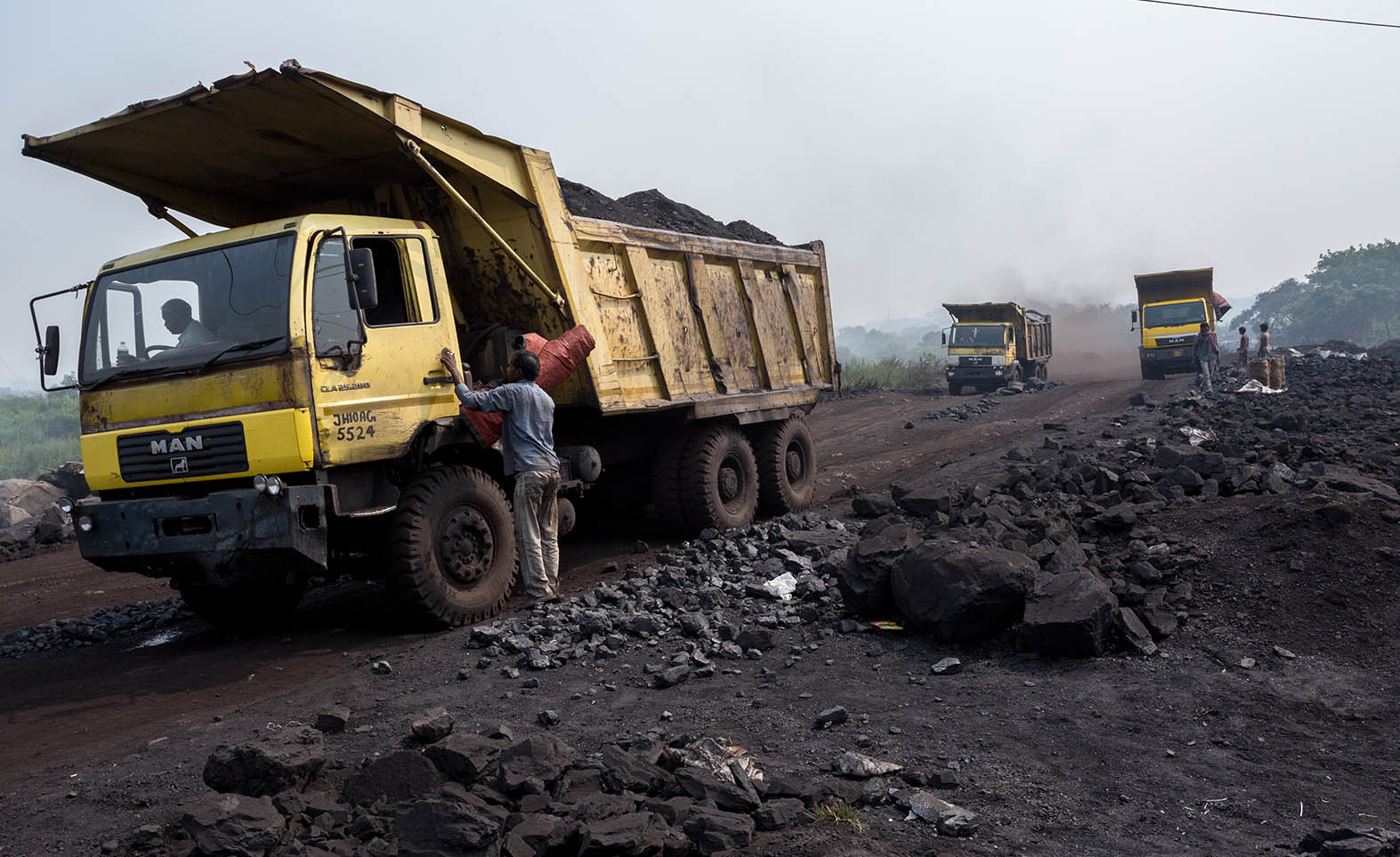
December 22, 2021
Economic growth and growing electrification will drive a demand growth of 4% per year
Coal-based utility electricity generation capacity is expected to reach 250 GW by 2030
India is slated to add 130 Mt to meet the coal demand between 2021 and 2024
It is unlikely that India achieves its target of 100 GW of solar and 60 GW of wind capacity by 2022

Coal will continue to be India’s primary mainstay energy source as India is slated to shape global demand this decade. NITI Aayog, the central government’s think tank, said that the demand for coal would range between 1192-1325 million tonnes by 2030, led by usage from the electricity sector. In addition, in its annual coal report, the International Energy Agency (IEA) stated that greater economic growth and growing electrification will drive a demand growth of 4% per year.
NITI Aayog’s report also mentioned that the coal-based utility electricity generation capacity in India is expected to peak at 250 GW by 2030; however, coal-based utility electricity generation in the country will slow down but will likely peak in 2040. While coal-based thermal power generation will grow, its share in the total power generation mix of the country will decline to 50-55% from the current 72% – over the next decade due to the shifting capacity mix with a growing share of renewable energy.
As per IEA’s report, iron and steel production uses coal, and currently, there are not many technologies available that can replace the fuel. India is slated to add 130 million tonnes (Mt) to meet the coal demand between 2021 and 2024, which will also partially fuel the annual average GDP growth of 7.4%. The coal consumption is expected to increase at an average annual rate of 3.9% and reach 1185 Mt by 2024 as India sets itself to overtake China as the world’s largest metallurgical coal importer
Although India pledged to extend its scope of renewable energy (RE) to 500 GW by 2030 in line with the announcement made by PM Modi at the COP26 conference last month, the IEA notes that the goal to reach net-zero emissions are not visible in the near-term forecast, reflecting a gap between ambitions and action. NITI Aayog also said that it is unlikely that India achieves its target of 100 GW of solar and 60 GW of wind capacity by 2022. In addition, distribution utilities are reluctant to sign fresh power purchase agreements due to their already distressed financial situation and constrained investments following the pandemic. Therefore, government power utilities must invest greatly in advanced and clean coal technologies throughout the value chain.